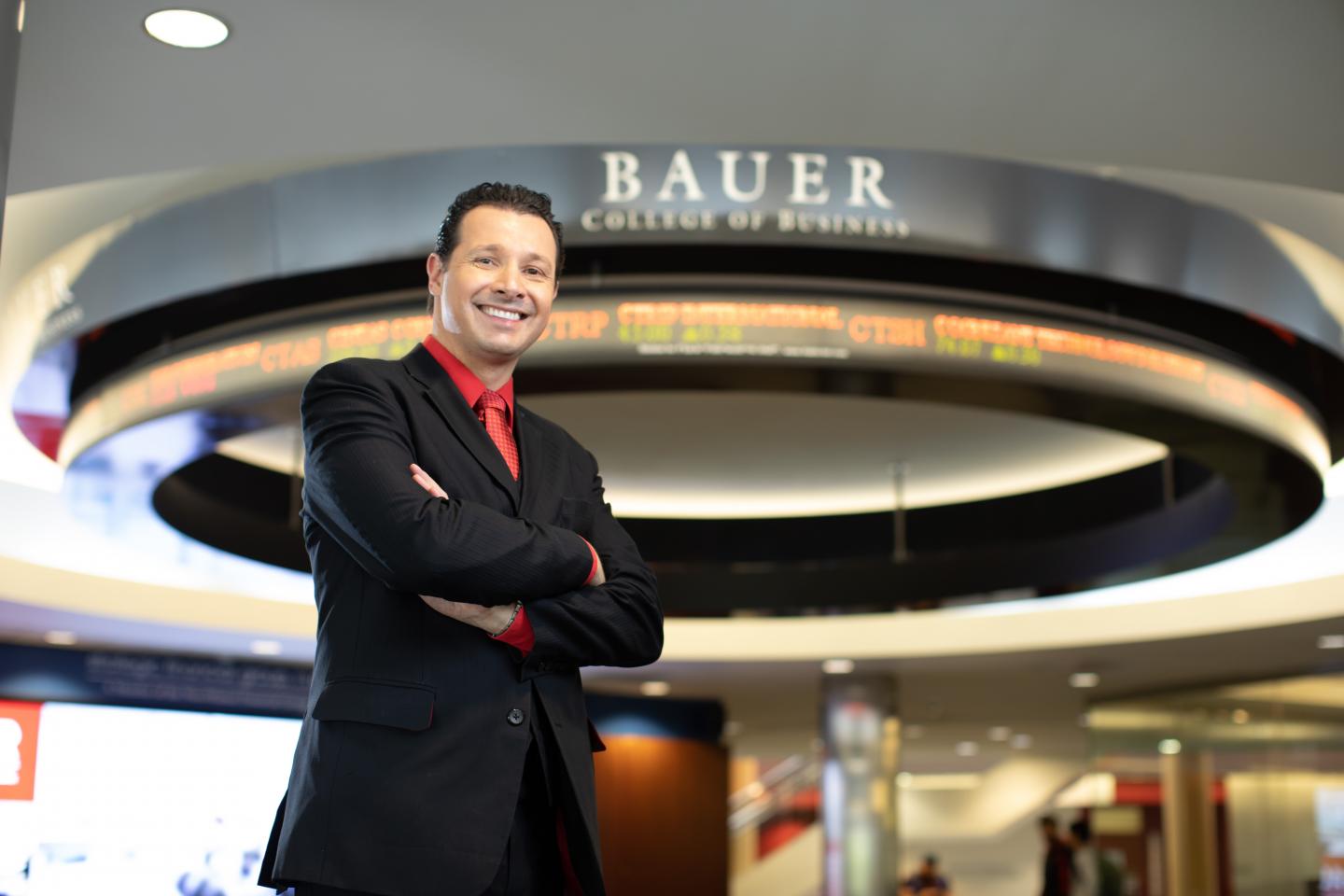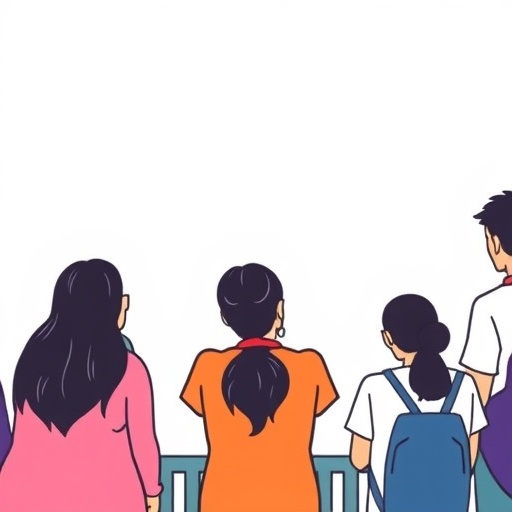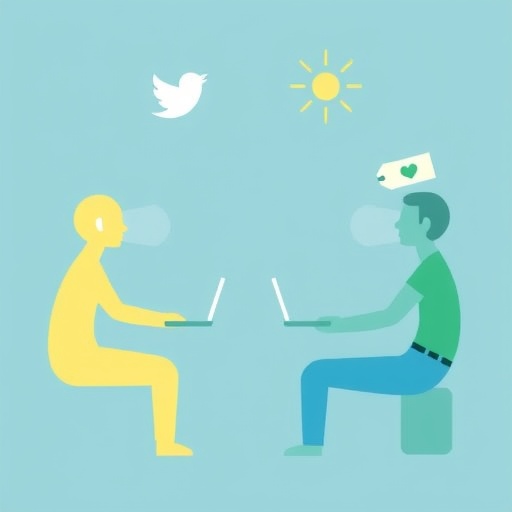Researchers suggest tech as alternative to building new roads

Credit: University of Houston
Traffic congestion is a serious problem in the United States, but a new analysis shows that interactive technology – ranging from 511 traffic information systems and roadside cameras to traffic apps like Waze and Google Maps – is helping in cities that use it.
Potentially, the researchers said, technology could limit the need to widen and expand roadways while saving commuters time and money and lessening environmental damage.
“Technology has the potential to help society, and one way is to help us make better infrastructure decisions and put less pressure on roads,” said Paul A. Pavlou, dean of the C.T. Bauer College of Business at the University of Houston and corresponding author for the report, published by the journal Information Systems Research.
Pavlou and colleagues Aaron Cheng of the London School of Economics and Min-Seok Pang of Temple University found that U.S. cities using Intelligent Transportation Systems (ITS) saved money, time and other resources, including:
- More than $4.7 billion a year in lost work or productivity
- 175 million hours a year in travel time
- 53 million gallons a year in fossil fuel consumption and
- 10 billion pounds less CO2 emitted each year.
The researchers analyzed longitudinal data from ITS technologies deployed in 99 urban areas in the United States from 1994 to 2014. That included the metropolitan areas of Chicago, Los Angeles, Atlanta, New York-Newark, Houston, Dallas-Fort Worth and Washington D.C., among others.
Pavlou noted that technology has advanced – and traffic has continued to grow – since 2014, the latest year in the dataset used for the research, making it likely that today’s savings would be greater.
The U.S. Department of Transportation describes ITS as “an integrated system of advanced communications technologies embedded in the transportation infrastructure and in vehicles to improve transportation safety and mobility,” and has awarded grants to cities to invest in the technologies. Technologies included in the research include both those developed by DOT and commercial technologies designed to improve traffic safety and mobility.
The researchers found that the technology is most effective at reducing traffic congestion when two things happen: commuters use more online services for traffic information, including such apps as Waze, and when state governments incorporate more advanced functions into their 511 traveler information systems.
But each city is different. Pavlou noted that while Houston has not adopted the 511 system, it does collaborate with private companies to design and build intelligent transportation systems, including messaging signs, roadside cameras and solar-powered radar detection sites.
Pavlou said the study suggests alternatives to simply building more and bigger roads to keep up with population and traffic growth. Using large-scale technology systems in conjunction with real-time traffic apps at the individual level is less expensive and more effective than only spending funds to expand and maintain roadways, he said
.
Houston traffic and its freeway system, for example, have grown significantly since he was a student here in the 1990s, he said. “Traffic is even worse than before since people move where the roads are built and drive more. The city is growing, but there are alternative ways that do not impose some much demand on roads with the intelligent use of technology in parallel.”
###
Media Contact
Jeannie Kever
[email protected]
Original Source
https:/
Related Journal Article
http://dx.





